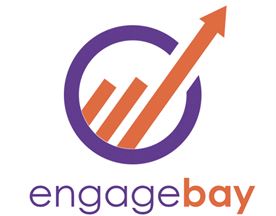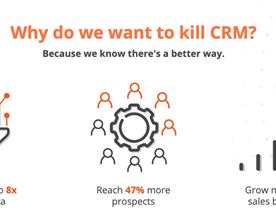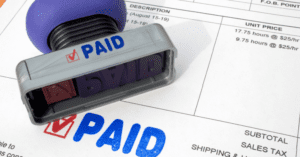How to just checking in? Send personalized, concise messages emphasizing interest in their well-being or project progress, and offer assistance or value in your follow-up.
In today’s fast-paced world, it’s easy to get caught up in the hustle and bustle of everyday life. With so much going on, it’s important to take a moment to check in with others and make sure they’re doing okay. This is where the art of “just checking in” comes into play.

Whether it’s a friend, family member, or colleague, a simple message or email can go a long way in showing someone that you care. However, crafting an effective follow-up can be challenging, especially if you’re not sure what to say. Understanding the recipient’s perspective and strategic follow-up planning are key to ensuring that your message is well-received.
In this article, we’ll explore the art of “just checking in” and provide tips and resources for crafting effective follow-up emails. We’ll also discuss alternatives to email follow-ups and how to understand the recipient’s perspective. With the help of this guide, you’ll be able to show others that you care and build stronger relationships.
Key Takeaways
- “Just checking in” is a simple yet powerful way to show others that you care.
- Crafting an effective follow-up email requires understanding the recipient’s perspective and strategic planning.
- Alternatives to email follow-ups can be just as effective in building relationships.
The Art of “Just Checking In”
When it comes to maintaining professional relationships, following up with colleagues and clients is crucial. One of the most common ways to do this is through a “just checking in” email. While these emails may seem simple, there is an art to crafting them effectively.
Purpose of Check-In Emails
The primary purpose of a “just checking in” email is to touch base with someone and see how things are going. This can be especially important when working on a project together or when trying to establish a new business relationship. These emails can also serve as a reminder that you are still interested in working with someone and can help keep you top of mind.
When crafting a just checking in email, it is important to be genuine in your approach. Avoid coming across as pushy or insincere. Instead, focus on building a rapport with the person you are emailing. Ask how they are doing and if there is anything you can do to help them. This can help establish a positive relationship and make future interactions more productive.
Timing and Frequency
Knowing when and how often to send a just checking in email is just as important as the content of the email itself. Sending too many emails can be overwhelming and may come across as desperate. On the other hand, waiting too long between emails can cause the relationship to fizzle out.
A good rule of thumb is to send a follow-up email within a week of your initial communication. This shows that you are interested in the conversation and are willing to put in the effort to keep it going. After that, it is best to space out your emails by a few weeks or even months, depending on the nature of your relationship.
It is also important to consider the time of day and day of the week when sending a just checking in email. Avoid sending emails during weekends or holidays, as they may get lost in the shuffle. Instead, aim to send emails during regular business hours on weekdays.
In conclusion, “just checking in” emails can be a valuable tool in maintaining professional relationships. By being genuine in your approach and considering timing and frequency, you can effectively use these emails to stay connected with colleagues and clients. For more tips on crafting effective emails, check out this resource from Harvard Business Review.
Crafting Effective Follow-Up Emails
When it comes to following up with someone, sending an email is often the most effective way to get in touch. However, crafting an effective follow-up email can be tricky. Here are some strategies to help you create follow-up emails that get results.
Subject Line Strategies
The subject line of your follow-up email is the first thing the recipient will see, so it’s important to make it count. Here are some subject line strategies to consider:
- Keep it short and sweet: A concise subject line is more likely to catch the recipient’s attention.
- Be specific: If you’re following up on a specific topic or opportunity, make sure your subject line reflects that.
- Use action-oriented language: Verbs like “update,” “opportunity,” and “interested in” can help convey the purpose of your email.
Email Body Content
Once you’ve got the recipient’s attention with your subject line, it’s time to craft the body of your email. Here are some tips for creating effective email content:
- Keep it brief: People are busy, so make sure your email is easy to read and gets straight to the point.
- Provide context: If you’re following up on a previous conversation or meeting, remind the recipient of the details to jog their memory.
- Offer value: Whether it’s new information or a helpful resource, make sure your email provides something of value to the recipient.
Closing and Call-to-Action
Finally, it’s important to wrap up your email with a strong closing and call-to-action. Here are some things to keep in mind:
- Be polite: Thank the recipient for their time and consideration.
- Make it clear what you want: Whether it’s a response, a meeting, or some other action, make sure your call-to-action is clear and specific.
- Include contact information: Make it easy for the recipient to get in touch with you if they have any questions or need further information.
For more tips on crafting effective follow-up emails, check out this resource.
Alternatives to Email Follow-Ups
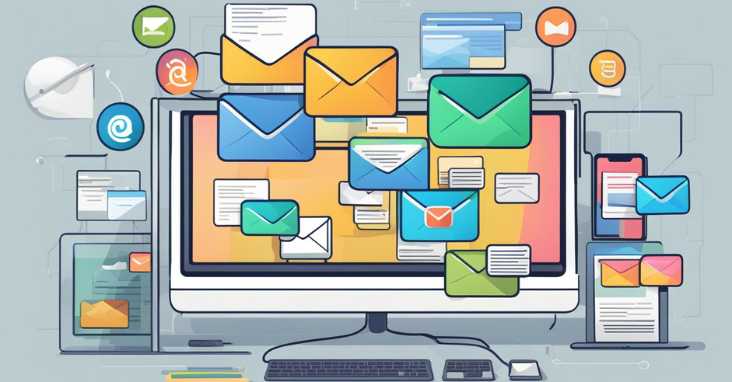
When it comes to following up with contacts, email is often the go-to method. However, there are alternative approaches that can be just as effective, if not more so. Here are a few options to consider:
Phone Calls as a Personal Touch
While email is convenient, it can also be impersonal. A phone call, on the other hand, allows for a more personal touch. It gives the opportunity to have a real conversation and build a stronger connection. Plus, it can be more efficient than a back-and-forth email chain.
When making a phone call, it’s important to be prepared. Have a clear reason for calling and an idea of what you want to accomplish. Also, be respectful of the person’s time and schedule the call at a convenient time for them.
Leveraging Social Media for Networking
Social media platforms like LinkedIn and Twitter can be valuable tools for networking. They allow you to connect with people in your industry and stay up-to-date on industry news and trends. Plus, they provide an opportunity to engage with your contacts in a more casual, social way.
When using social media for networking, it’s important to be professional and respectful. Avoid controversial topics and keep your posts and interactions positive and constructive.
In-Person Meetings and Events
While phone calls and social media can be effective, there’s no substitute for face-to-face interaction. In-person meetings and events provide an opportunity to build stronger relationships and make a lasting impression.
When attending events, it’s important to be prepared and have a clear goal in mind. Bring business cards and be ready to engage in conversation. Also, be respectful of people’s time and don’t monopolize their attention.
Overall, there are many alternatives to email follow-ups that can be just as effective, if not more so. By leveraging phone calls, social media, and in-person meetings, you can build stronger connections and achieve your networking goals. For more information on networking strategies, check out this link to Forbes article on networking.
Understanding the Recipient’s Perspective

When just checking in with someone, it is important to understand their perspective to ensure that the conversation is productive and meaningful. This requires analyzing potential opportunities, identifying and addressing weaknesses, and building a relationship beyond business.
Analyzing Potential Opportunities
It is important to consider potential opportunities for both parties when just checking in. This could include discussing new projects or collaborations, or exploring ways to improve existing processes. By identifying opportunities for mutual benefit, both parties can work together to achieve success.
One resource that can provide valuable insights on identifying opportunities is the Harvard Business Review. Their article on “How to Spot Opportunities for Strategic Innovation” offers practical advice on identifying opportunities for growth and innovation.
Identifying and Addressing Weaknesses
Just checking in also provides an opportunity to identify and address weaknesses in the business relationship. This could include communication issues, missed deadlines, or other areas of improvement. By addressing these weaknesses, both parties can work together to strengthen the relationship and improve outcomes.
One resource that can provide valuable insights on addressing weaknesses is the book “Crucial Conversations: Tools for Talking When Stakes Are High” by Kerry Patterson, Joseph Grenny, Ron McMillan, and Al Switzler. The book offers practical advice on how to have difficult conversations and address issues in a constructive manner.
Building a Relationship Beyond Business
Just checking in can also be an opportunity to build a relationship beyond business. This could include discussing personal interests or hobbies, or simply catching up on life outside of work. By building a personal connection, both parties can strengthen the business relationship and improve collaboration.
One resource that can provide valuable insights on building personal connections is the TED Talk “The Power of Vulnerability” by Brené Brown. In her talk, Brown discusses the importance of vulnerability in building meaningful connections with others.
Overall, understanding the recipient’s perspective is key to having a productive and meaningful just checking in conversation. By analyzing potential opportunities, identifying and addressing weaknesses, and building a relationship beyond business, both parties can work together to achieve success.
Strategic Follow-Up Planning
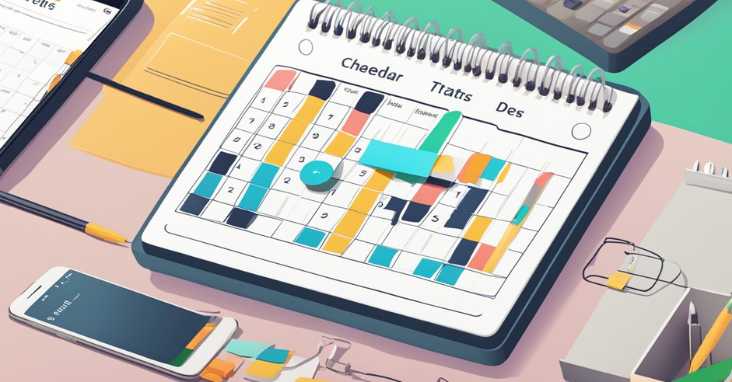
Effective follow-up planning is crucial to ensure that tasks are completed on time, updates are tracked, and challenges are addressed promptly. By setting goals for follow-up, tracking progress and updates, and adapting to feedback and changes, individuals can stay on top of their tasks and ensure that their projects are completed successfully.
Setting Goals for Follow-Up
The first step in strategic follow-up planning is to set clear goals for follow-up. This involves determining what needs to be accomplished, when it needs to be accomplished, and who will be responsible for completing the task. By setting specific and measurable goals, individuals can ensure that they stay on track and that their projects are completed on time.
Tracking Progress and Updates
Once goals have been set, it is important to track progress and updates to ensure that tasks are being completed as planned. This can be done through regular just checking ins, status reports, or project management tools. By tracking progress and updates, individuals can identify potential roadblocks and address them before they become major issues.
Adapting to Feedback and Changes
Finally, it is important to adapt to feedback and changes to ensure that projects stay on track. This may involve revising goals or timelines, reallocating resources, or addressing new challenges that arise. By being flexible and adaptable, individuals can ensure that their projects are completed successfully, even in the face of unexpected obstacles.
To learn more about strategic follow-up planning, individuals can consult resources such as this article from ProjectManager.com, which provides tips and best practices for effective follow-up planning.
Additional Resources and Support

Templates and Tools for Follow-Up
Effective communication involves not just sending a message but also ensuring that the message has been received and understood. Following up is an essential part of this process. To help with this, there are various templates and tools available that can make follow-up easier and more efficient.
One such tool is the email tracking feature available in most email clients. This feature allows you to see whether the recipient has opened your email and clicked on any links you included. You can also set reminders to follow up if you don’t receive a response within a certain timeframe.
Another useful tool is a follow-up email template. This can save you time and ensure that your follow-up message is clear and concise. There are many templates available online, including those specifically designed for job interviews, sales pitches, and networking events.
Educational Materials on Effective Communication
Improving communication skills is an ongoing process. Luckily, there are many resources available that can help. Here are a few options:
- Online courses: Platforms like Coursera and Udemy offer courses on communication skills, ranging from basic to advanced.
- Books: There are countless books on effective communication, including classics like “How to Win Friends and Influence People” by Dale Carnegie and newer titles like “Crucial Conversations” by Kerry Patterson.
- Workshops and seminars: Many organizations offer workshops and seminars on communication skills. These can be a great way to learn from experts and practice your skills in a supportive environment.
Remember, improving your communication skills takes time and effort. Don’t be afraid to seek out resources and support to help you along the way. And always be open to feedback and opportunities to practice.
For more information on effective communication, check out the Communication Skills Guide from MindTools, a trusted resource for professional development.
Conclusion
In conclusion, just checking in with someone can be a great way to catch up and maintain relationships. Whether it’s a friend, family member, or colleague, taking the time to reach out and see how they’re doing can show that you care and value the connection.
If you haven’t spoken to someone in a while, a simple message or phone call can be a good way to start. You can ask about their life and share updates about your own. If you’re still interested in a project or idea that you discussed previously, just checking in can be a good way to see if there have been any updates or progress.
Staying up to date with news and current events can also be a good conversation starter. You can share interesting articles or blog posts that you’ve come across and discuss your thoughts and opinions on them. Including a link to an external resource with high authority on the topic can be a great way to provide additional context and information.
Overall, just checking in is a simple yet effective way to maintain relationships and stay connected with others. By using a confident, knowledgeable, and neutral tone, you can convey your sincerity and interest in the other person. Whether it’s a quick message or a longer conversation, taking the time to just checking in can make a big difference in someone’s day.
Frequently Asked Questions
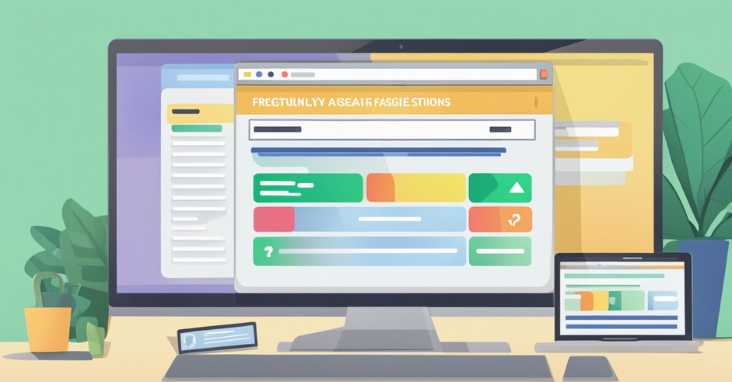
How can one professionally inquire about someone’s well-being in a business context?
Inquiring about someone’s well-being in a business context can be a great way to build rapport and strengthen relationships. To do so professionally, one should keep the following points in mind:
- Be sincere and genuine in your inquiry
- Use appropriate language and tone
- Respect the other person’s privacy and boundaries
- Avoid making assumptions or judgments
What are alternative phrases to ‘just checking in’ that convey the same sentiment?
While ‘just checking in’ is a commonly used phrase, there are several alternatives that can convey the same sentiment. Some of these include:
- Following up
- Touching base
- Seeing how things are going
- Catching up
How do you compose a ‘just checking in’ email that is both polite and effective?
When composing a ‘just checking in’ email, it is essential to be clear and concise. One should keep the following points in mind:
- Use a friendly and professional tone
- Be specific about what you are just checking in on
- Keep the email brief and to the point
- Offer assistance if needed
For more tips on composing effective emails, this resource can be helpful.
What is the appropriate way to follow up on the status of a project or task?
Following up on the status of a project or task can be a delicate matter. One should keep the following points in mind:
- Be specific about what you are following up on
- Use a friendly and professional tone
- Respect the other person’s workload and priorities
- Offer assistance if needed
In what scenarios is it suitable to send a ‘just checking in’ message?
A ‘just checking in’ message can be suitable in several scenarios, such as:
- Just checking in on a colleague who is going through a difficult time
- Following up on a task or project that has been delayed
- Keeping in touch with a client or customer
How can one craft a ‘just checking in’ text message that is considerate and not intrusive?
When crafting a ‘just checking in’ text message, it is important to be mindful of the recipient’s time and preferences. One should keep the following points in mind:
- Be brief and to the point
- Use appropriate language and tone
- Respect the other person’s boundaries
- Offer assistance if needed
For more tips on crafting effective text messages, this resource can be helpful.
Compare hundreds of CRM Software in our Software Marketplace





